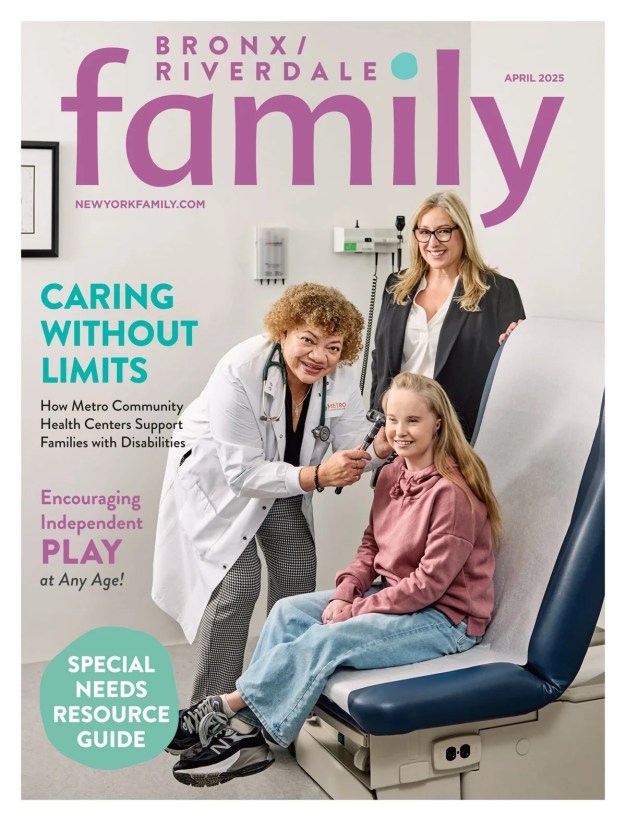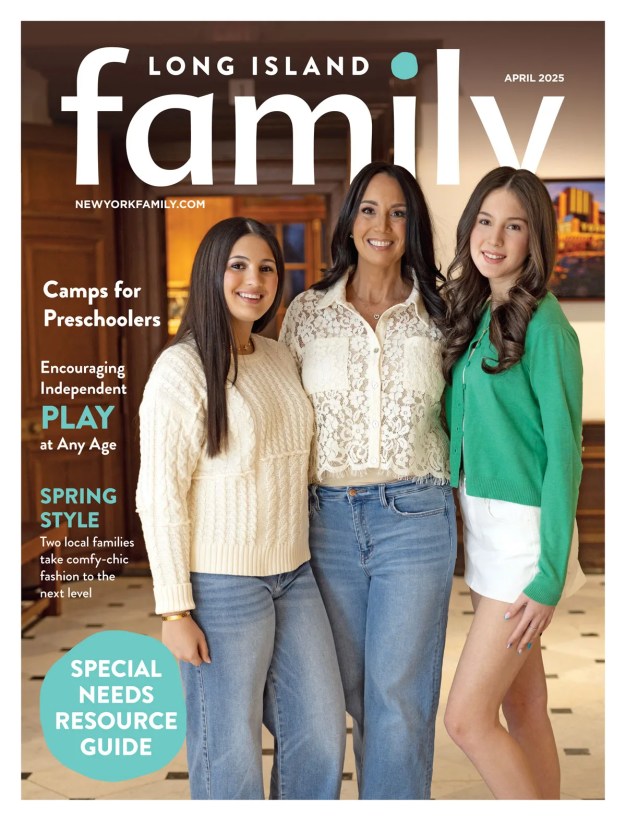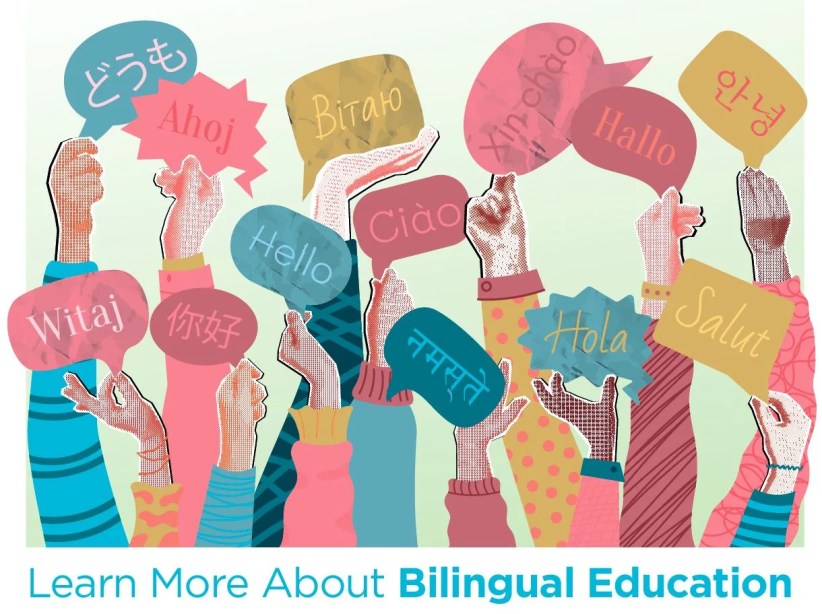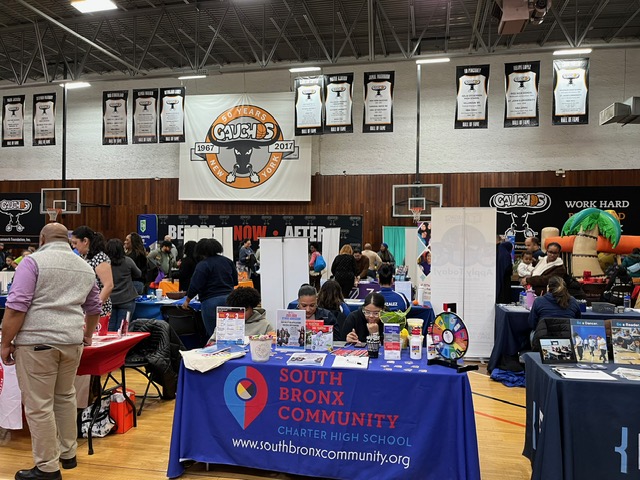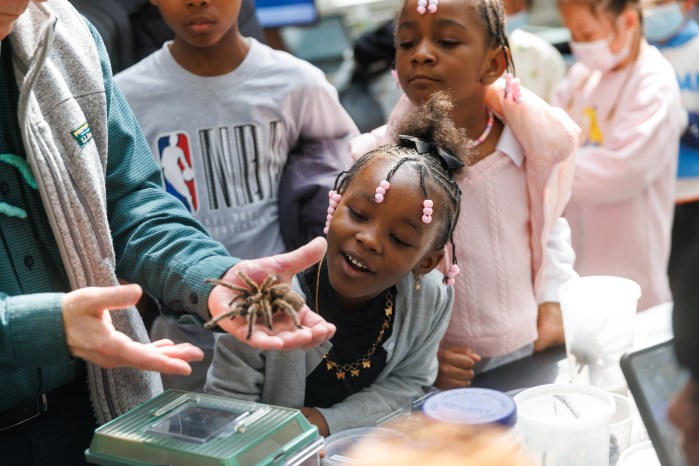Growing up in New Jersey in the 1980s, I really liked going to school and was a very conscientious student. Yet, no matter how much extra effort I put into doing my math homework, I couldn’t correctly apply the concepts by myself in class.
My problems with math started in fifth grade, and as the years progressed, the subject became more difficult for me to understand. My younger brother, on the other hand, was a mathematical genius. He wasn’t a diligent student like myself, but he always aced math tests.
My brother’s often-discussed “brilliance” in this subject made me all the more ashamed of my own incompetence. By the eighth grade, I broke down in tears to my mother and confided to her that I couldn’t handle another math class. She spoke to some of her friends in our community and found a math tutor for me. I went to that tutor every Saturday for about four years until I felt comfortable enough to do my math homework and tests in school without outside assistance.
With hindsight, I wish I could have read “The Survival Guide for Kids in Special Education (And Their Parents): Understanding What Special Ed Is & How It Can Help You.” Published just this year, the book has two authors, Wendy Moss and Denise Campbell, who both have extensive experience in the field of special education. Dr. Moss earned her doctorate in clinical psychology, and as a psychologist she has worked with families for more than 30 years in schools, hospitals, and private practice. Campbell is a speech pathologist who has worked with children affected by diverse disabilities.
This book isn’t just for students enrolled in special education programs at their schools. It is for any student who needs help and receives it in the form of a study group with peers, a tutor outside of the school, or a specialist seen once a week to work on a specific area of struggle.
The authors emphasize that no one is perfect and that those students who receive high grades usually study very hard to get them. They advise students not to compare themselves to others, because each individual has his own strengths and weaknesses.
In my case, despite my problems with math, I excelled in other subjects such as English and foreign languages. Looking back, I could have benefitted from the book’s advice to counterbalance my weakness in math by gaining confidence from my strengths in subjects oriented toward communication.
The book is easy to read for students starting at the third-grade level. It also includes many illustrations and real-life stories about students who were able to overcome their learning challenges. At the end of every chapter, there are questions for children to answer about their feelings towards receiving special education and how they can be proactive in receiving the help they need.
A recurring theme throughout the “Survival Guide” is that children should not be embarrassed to receive extra help for their studies. If they are being teased at school or afraid they will be teased, the authors suggest that the children do not act like receiving extra help is a big deal. If they need to leave the classroom to see a specialist, they should do so in a confident manner. If their friends ask them about their special education, they should respond by making direct eye contact with the person and answer the question calmly to the best of their ability.
Another concept the authors impress upon readers is that it is especially important for kids to communicate with their special education teachers to discuss their goals, what they need to do to achieve those goals, and if something is not working, to try another approach. Parents should also be aware of what is going on at school with their child’s special education and the progress they are making.
The book offers many definitions to young readers about special education terms. According to the authors, “a consultant teacher is someone who goes to various classrooms and gives extra help to different kids all day long,” while “a resource room is a room at school where students go to get help in small groups.”
The authors also explain that students retain information in different “learning styles.” They write, “A visual learner likes to see what he is learning. An auditory learner likes to hear what he is learning.” Kinesthetic learning is a more experiential learning style in which students get involved in hands-on projects and create videos showing what they have studied.
When students are evaluated to determine what kind of extra help would be beneficial, they are often asked questions about the best ways in which they learn. This allows the special education teacher to determine their learning style. Different schools administer various tests. The authors advise students that they have the right to ask what their test is about and how long it takes to complete it.
Students will meet specialists with various expertise depending upon what skills need to be tested. As the authors clarify, “school psychologists are trained to understand students’ learning style, their feelings, and how they handle challenges … Learning specialists might also be called educational evaluators. These people can recognize the skills students need to do well in various subjects such as reading, writing, and math.”
Other people who test students are speech or language therapists, also called pathologists.
“They test students’ skills related to listening and speaking. Other specialists are experts in vision, coordination, and handwriting,” the authors write. Students should not be afraid of being tested. Test results, the authors say, “enable specialists to know students’ areas of talent, their areas of difficulty, and their learning styles.”
If the test results determine that a student will need a team of teachers with a plan created for his own special learning challenges, that is called an Individualized Education Program in some public schools. The team is made up of specialists and the student’s regular classroom teacher. They comprise what is called a Committee on Special Education. In other public schools, the teaching group is a 504 team which develops a 504 plan to assist students with special education.
The Committee on Special Education meets several times a year to discuss a student’s progress. The student and his family are usually invited to attend these meetings. The authors suggest that before students attend such meetings, they write down what is helping and what is hindering them. They can ask the committee about their improvement and if they are reaching their goals in a timely manner.
The book appears to be oriented towards students in third through eighth grade. The authors explain that students can receive special education all throughout high school, but they should not scare themselves over what they will need to learn in the higher grades. Students should concentrate on their current Individualized Education Program and achieving the goals they have discussed with their teachers until the end of the school year.
The authors talk about students having a positive attitude towards their special education plan and avoiding negative self-talk when they make mistakes. If things become challenging for students, they should create a list of all the things they can do well. The authors also advise against procrastination and advocate that students organize their schedules and studies so that they can meet deadlines on time.
Most importantly, the book says that an Individualized Education Program teaches students about making a plan and following through on it to achieve a goal. They offer their readers possibilities for their future by using the same technique in all the challenges they will soon face in life — be it college, vocational school, or an apprenticeship in a specific field of work. Wherever students venture on their journey, the authors emphasize, they should never be afraid to ask for help. As for my own academic journey, when I finally asked for the help I needed, I was able to achieve the goals that I had originally worked so hard for but could not obtain.
Allison Plitt lives in Queens with her daughter and is a frequent contributor to this publication.



